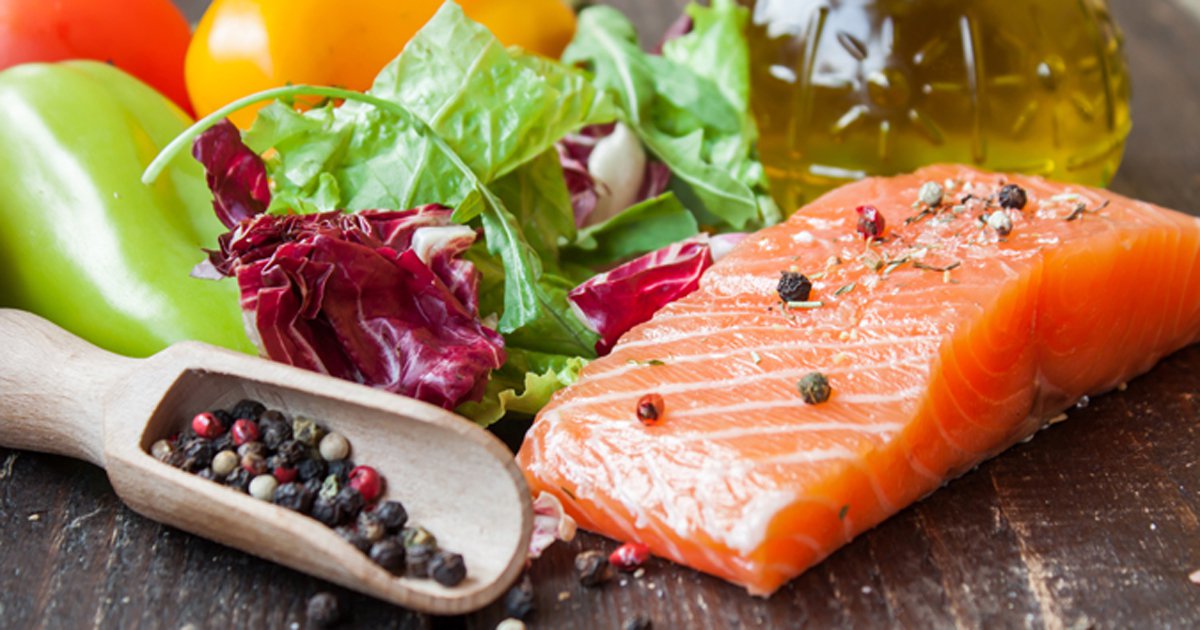Has Cauliflower Crust Solved the Diabetes Pizza Problem? was posted by Corinna Cornejo for DiabetesMine.com, 9 March 2022. This is an amazing discussion, all about cauliflower crust pizzas, including store brand comparisons, pizza restaurant options, ingredients and more!
 There is no universal pizza recipe. One of the things that makes it so hard to nail down what makes a pizza good — or higher or lower in fat content — is the sheer variety of ingredients used. Toppings can include many kinds of cheese and nearly any kind of protein, from sliced salami to a fried egg. Vegetable toppings can be just as varied. A red sauce may be the first thing that comes to mind when thinking about pizza. But white cream sauces and green pesto have become more common too. Crusts have gone beyond choosing between a thick, doughy bread and a crispy, thin base.
There is no universal pizza recipe. One of the things that makes it so hard to nail down what makes a pizza good — or higher or lower in fat content — is the sheer variety of ingredients used. Toppings can include many kinds of cheese and nearly any kind of protein, from sliced salami to a fried egg. Vegetable toppings can be just as varied. A red sauce may be the first thing that comes to mind when thinking about pizza. But white cream sauces and green pesto have become more common too. Crusts have gone beyond choosing between a thick, doughy bread and a crispy, thin base.
It’s important to remember that for people with celiac disease and gluten intolerance, cauliflower and other alternative crusts may be a godsend, allowing them to stop avoiding pizza altogether. But for people with T1D, it simply presents another choice when it comes to eating pizza. By reducing carb counts, it gives some middle ground between simply saying “no” to all pizza or saying “yes” and taking your chances with the resulting glucose levels.
Read more: Has Cauliflower Crust Solved the Diabetes Pizza Problem?
Artificial Sweeteners Not So Sweet When It Comes to Cancer Risk was reported by Kristen Monaco for MedPageToday.com, 24 March 2022. Consumption of certain sugar alternatives linked to a 13% higher risk of developing cancer.
 Artificial sweeteners in place of real sugar may not be such a healthy alternative, a French cohort study suggested. Over a median follow-up of 7.8 years, adults deemed “high consumers” of artificial sweeteners faced a higher risk of developing cancer compared with non-consumers, reported Charlotte Debras, a PhD candidate at the Sorbonne Paris Nord University in France, and colleagues in PLoS Medicine.
Artificial sweeteners in place of real sugar may not be such a healthy alternative, a French cohort study suggested. Over a median follow-up of 7.8 years, adults deemed “high consumers” of artificial sweeteners faced a higher risk of developing cancer compared with non-consumers, reported Charlotte Debras, a PhD candidate at the Sorbonne Paris Nord University in France, and colleagues in PLoS Medicine.
When looking at specific types of artificial sweeteners, aspartame and acesulfame potassium were the two culprits that seemed to drive this overall cancer risk: Aspartame and Acesulfame Potassium. Aspartame alone was linked with a 15% higher risk for obesity-related cancers), and a 22% higher risk for developing breast cancer. In fully adjusted models, even low consumption of these artificial sweeteners — including both aspartame and acesulfame potassium individually — was tied to a significantly higher risk for all cancers. However, sucralose consumption at any level wasn’t linked to cancer risk, including for site-specific cancers, the researchers noted.
“Findings from this study are very original since, to our knowledge, no previous cohort study had directly investigated the association between quantitative artificial sweetener intakes per se — distinguishing the different types of sweeteners and cancer risk,” Debras and co-author Mathilde Touvier, PhD, also of Sorbonne Paris Nord University, jointly told MedPage Today.
The implications of these findings are far-reaching, since artificial sweeteners are prevalent in foods and beverages consumed by millions daily, they pointed out. While the findings need to be replicated in other larger-scale studies, they “provide important and novel information to address the controversies about the potential adverse health effects of these additives, in the context of the ongoing re-evaluation of food-additive sweeteners by the European Food Safety Authority and other health agencies globally,” Debras and Touvier noted.
“In line with official recommendations from several public health agencies, these findings do not support the use of artificial sweeteners as safe alternatives for sugar in foods or beverages,” they added.
FOR THOSE OF YOU LIVING WITH T1D … Do you expect that you will change/modify/stop your consumption of artificial sweeteners?
Read more: Artificial Sweeteners Not So Sweet When It Comes to Cancer Risk
Mediterranean diet may preserve kidney function better than low-fat for adults with CHD was reported by Michael Monostra for Healio.com/endocrinology, 22 March 2022.
 Adults with coronary heart disease who followed a Mediterranean diet preserved their kidney function better than those who followed a low-fat diet for 5 years, according to study data published in Clinical Nutrition.
Adults with coronary heart disease who followed a Mediterranean diet preserved their kidney function better than those who followed a low-fat diet for 5 years, according to study data published in Clinical Nutrition.
“In persons suffering from coronary heart disease and, in combination with type 2 diabetes, the long-term consumption of a Mediterranean diet would be recommended to preserve kidney function,” said Jose Lopez Miranda, MD, PhD, professor of internal medicine at the University of Cordoba and director of the internal medicine unit at Reina Sofia University Hospital in Spain, and Elena M. Yubero-Serrano, PhD, emerging researcher at the Maimonides Biomedical Research Institute of Cordoba. “Besides the pharmacological treatment for these diseases, recommendation to follow this dietary model could reduce and delay kidney complications.”
Read more: Mediterranean diet may preserve kidney function better than low-fat for adults with CHD
Synthetic meat is grown in labs to taste just like the real thing, as reported by Loukia Papadopoulos for InterestingEngineering.com, 22 March 2022. But it harms no animals!
Did you know that animal agriculture is responsible for 18 percent of all greenhouse gases? One of the best things you can do for the environment is to stop eating meat. But what if you cannot? After all, meat is pretty tasty and provides humans with essential nutrients. Luckily, now people can enjoy all the benefits of delicious nutritious meat without the ecological footprint or animal cruelty. How? Through the consumption of synthetic meat.
Numerous companies around the world, such as Upside in the US, and Future Meat in Israel have been engineering lab-grown, cultivated meat that can feed the masses without harming the environment or any animals. For the first time, they’ll be able to say “no animals were harmed in the making of this meat product.
How does it work? Small clumps of animal cells are cultivated in large industrial-grade vats over a period of weeks. Over time, these clumps of cells grow into real meat.


I would eat synthetic meat. Provided, that the level of fat is reduced. I don’t know what has to change in order for the fat content has to carry the entire flavor.
It’s too bad cauliflower crust has not solved the pizza issue. I wish it would.
We haven’t been successful with cauliflower crust yet … maybe I should call it anti-crust! And synthetic meat … I’m not sure I’d try it first … but certainly before I try eating bugs or worms for protein!